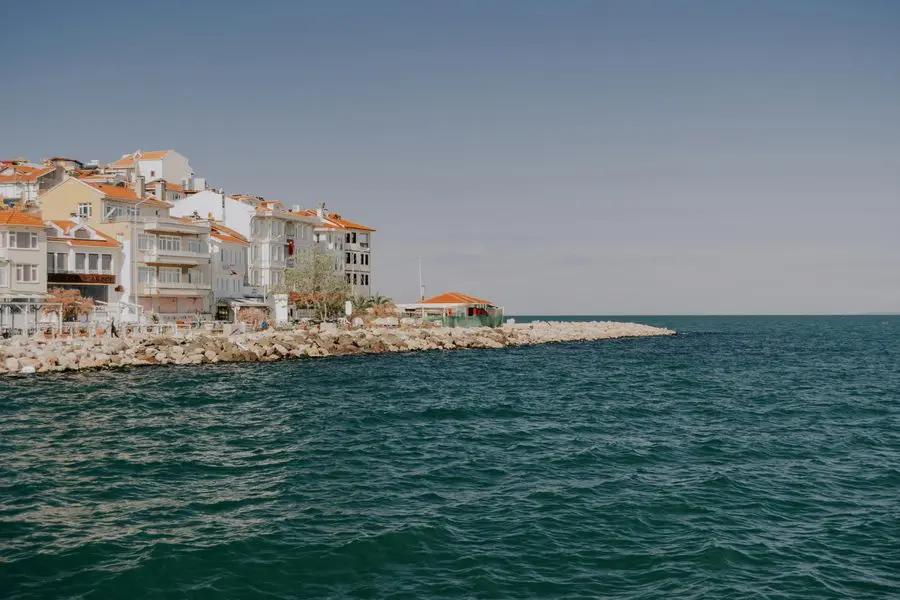The charm of coastal living is irresistible, presenting a distinctive combination of natural beauty, serenity, and adventure. Yet, this lifestyle also brings its own challenges, particularly the unyielding forces of nature. Innovative coastal architecture is leading the way in designing homes that not only endure these elements but also blend harmoniously with their environment.
Harmonizing with Nature
Modern coastal architecture focuses on seamlessly integrating homes with the natural landscape. This philosophy seeks to minimize environmental impact while enhancing aesthetic appeal. Architects are increasingly embracing designs that dissolve the boundaries between indoor and outdoor spaces, fostering a deeper connection to the beach and ocean. Common elements such as expansive windows, open floor plans, and natural materials like wood and stone are employed to mirror the beauty of the surrounding environment.
The Role of Residential Seawalls
Among the innovative solutions in coastal architecture, residential seawalls stand out as both a protective measure and a design element. Traditionally viewed as utilitarian structures, seawalls are now being creatively incorporated into the architectural fabric of coastal homes. When designed thoughtfully, they serve as an extension of a property’s aesthetic, enhancing the visual appeal while safeguarding against erosion and storm surges. Additionally, residential seawall repair is becoming increasingly important to maintain these structures.
Seawalls built with modern materials and techniques can complement the natural landscape. By using textured concrete, stacked stone, or even living seawalls that incorporate vegetation, designers can create barriers that not only protect but also enrich the visual and ecological aspects of the coastline.
Innovative Materials and Design Techniques
The rise of new materials and construction methods has revolutionized coastal architecture. Materials like weather-resistant metals, composite decks, and reinforced glass are now commonly used to improve durability while maintaining an elegant appearance. These innovations ensure that homes remain resilient against harsh coastal weather without sacrificing style.
Innovative design techniques such as elevated structures, sloped roofs, and strategic landscaping are employed to mitigate the impact of wind and water. These designs not only enhance the resilience of coastal homes but also ensure that they remain in harmony with their natural surroundings.
Sustainable Practices in Coastal Architecture
Sustainability has become a key focus in coastal architecture, with architects increasingly prioritizing eco-friendly practices. This includes utilizing renewable energy sources such as solar panels and wind turbines, as well as implementing rainwater harvesting systems to reduce water consumption. By incorporating green roofs and permeable paving, these designs can manage stormwater runoff effectively while contributing to the local ecosystem.
Community Impact and Resilience
Coastal architecture also plays a vital role in fostering community resilience. Thoughtfully designed spaces can enhance social interaction and promote community engagement. By creating public areas such as parks, boardwalks, and communal gathering spaces, architects can encourage a sense of belonging among residents. These community-oriented designs not only improve the quality of life for individuals but also strengthen the collective resilience of coastal communities in facing environmental challenges.
Balancing Beauty and Safety
The challenge of coastal architecture lies in balancing the preservation of the coastline’s natural beauty with the need for safety and sustainability. By integrating seawalls and other protective measures into the broader architectural strategy, designers can create homes that are both secure and stunning.
Successful coastal architecture does more than just protect; it celebrates the unique environment it inhabits. Through innovative design and strategic planning, these homes stand as testaments to human ingenuity and respect for nature. In this way, coastal living continues to offer an idyllic retreat that is as safe as it is beautiful, ensuring that the call of the ocean can be enjoyed for generations to come.
Apart from that if you want to know about “How to Plan a House Extension” then please visit our “Landscaping” Category.



